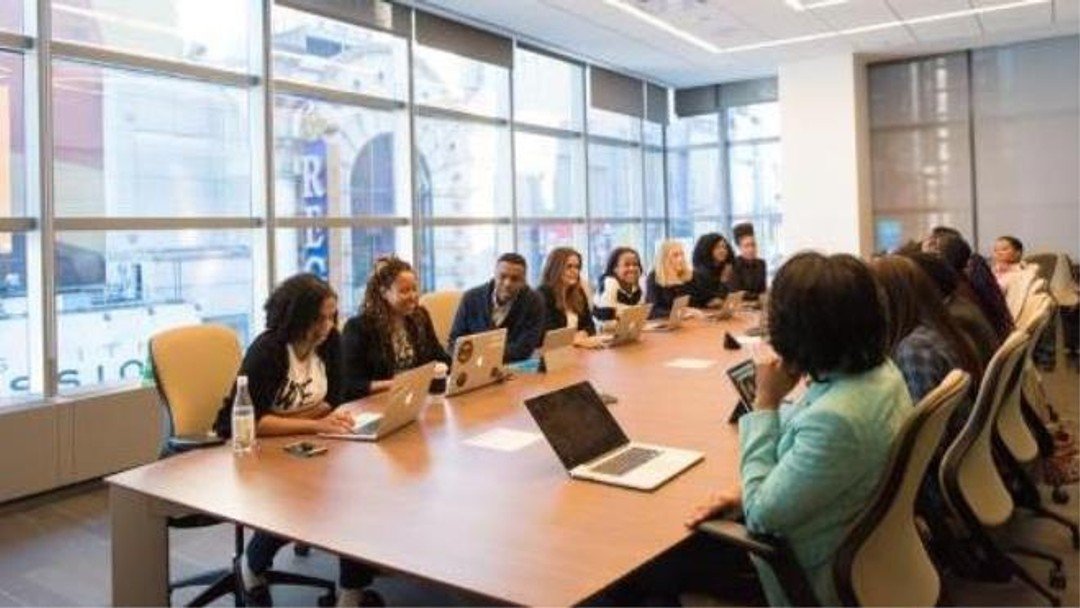How diverse are trainee intakes?

By Jonny Hurst
The biggest catalyst for wholesale change has been and continues to be data, says Jonny Hurst
In the last ten years, the voices of underrepresented groups in the legal profession have become louder. But are diversity organisations making an impact or are their stakeholders still getting stuck at ‘first base’?
I caught up with Chris White, the founder and chief executive officer of Aspiring Solicitors (AS) to assess the progress made by firms in recruiting more diverse cohorts since he set up AS seven years ago. AS provides advice and support to its members who aspire to secure a training contract at a leading law firm.
It has been leading the way in collecting diversity and inclusion (D&I) data relating to the recruitment of trainees at leading law firms. White shared some of its recent findings with me.
Before 2014, White found that most top firms had little diversity data and there was less engagement with D&I issues than there is now.
In contrast, according to AS’s 2020 data, 43 per cent of trainees hired in 2020 by its 31 partner firms were AS members, 23 per cent of whom White identifies as having had significant help from AS.
When you take into account the fact that not every candidate from a diverse background is an AS member, White believes that diverse applicants made up over 50 per cent of the successful candidates at those 31 firms. “A massive difference to eight years ago”, he comments.
Since AS’s data reveals that that 99 per cent of their members identify with one or more of the four broad diversity strands below, these numbers look (at least on the surface) extremely encouraging.
Sadly, that’s not the full picture. The limited data available from other firms, some of which White believes are less engaged with D&I issues, is at best unclear.
BAME applicants
I have wondered in recent years whether black, Asian and minority ethnic (BAME) has become too broad a brush by which to measure minority ethnic recruitment.
Chris White agrees: “Nowadays, it is important to split out ethnicities from BAME. It's critical for statistics, evaluation and progression. But it is also out of respect and to recognise the importance and identity of each ethnicity.”
While positive strides have been made in the Asian minority ethnic demographic, AS’s data shows that the number of black trainees hired by leading law firms in autumn 2020 lagged significantly behind.
White explains that the applications were “as you would expect, percentage-wise (5-15 per cent, depending on the firm), but the proportion of those who ended up being hired was not reflective of their white, Asian or other ethnic minority counterparts.
This suggests that firms ought to stop using overarching statistics for BAME candidates, or run the risk of unintentionally masking their under-recruitment of black trainees.
White is, however, more optimistic that the proportion of black trainees who will be recruited in 2021 and 2022 is likely to rise significantly, as a direct consequence of the number of black-specific talent recruitment programmes introduced by firms in the aftermath of the murder of George Floyd and the rise in prominence of the ‘black lives matter’ (BLM) movement.
Assuming his optimism is well-founded, the real test on whether the profession has shifted permanently will be whether it manages to maintain the anticipated increase in black trainees throughout the 2020s.
Disabled applicants
During the pandemic, firms have been more aware than ever of the need to look after the mental health of their employees, with many setting up networks and other mental health initiatives.
He believes the reason for such under-reporting is a combination of applicants’ lack of trust and confidence in how they believe they will be treated, and “a fear that if they share their disability they are going to be judged or prevented from progressing in some way”.
Progress will only be made when the profession as whole, and not just some firms, gives disabled applicants the confidence that they will be given the same opportunities.
This, in part, requires firms to make bolder, more welcoming statements which are backed by evidence that they practise what they preach, by sharing case studies of successful disabled solicitors currently employed by the firm.
Socially mobile applicants
AS’s data shows that overall, leading firms are still recruiting a significant majority of their candidates from Russell Group universities, with some – even in the virtual covid world – hardly engaging with non-Russell Group universities.
White attributes this in part to “prejudice, lack of awareness and understanding of alternative institutions or routes into law”.
He adds: “Some firms expect their recruitment team to work wonders on a shoestring budget – one or two people going all over the country to different universities. It's impossible.”
The result is that many firms take recruitment ‘short cuts’ by targeting applicants from the ‘same old’ universities. The result is that while the quality of trainee intakes may be maintained, they remain sub-optimum in terms of their diversity, particularly in relation to the social mobility demographic.
LGBTQ+ applicants
AS’s 2020 diversity report revealed a reduction in the number of candidates who, when asked to complete D&I questionnaires, disclosed to law firms that they were gay or lesbian.
This came as a surprise to White, who expected more candidates to confirm that they were gay or lesbian.
“This is remarkable”, says White, “because we know how many LGBTQ+ internal networks there are and the general commitment there now is within the profession to highlighting LGBTQ+ issues, probably more so than any of the four diversity strands.” But students aren't seeing that.
Conversely, White adds that a greater proportion of applicants are disclosing a bisexual orientation, but even when the numbers are aggregated, LGBTQ+ applicants are still under-disclosing in similar proportions to that of disabled candidates.
Where does this leave us?
Use of innovations such as the Rare Contextualised Recruitment System (which enables employers to identify and ultimately employ more applicants from disadvantaged backgrounds than they otherwise would do) is vital to ensure that the progress made by the profession does not plateau.
But until the profession as a whole, not just the 31 firms who partner with AS, stop pre-judging the potential of candidates on historic assumptions, such tools will have limited impact.
The biggest catalyst for change has been and continues to be data.
The tech boom and influx of more young entrepreneurs like White are leading the way. He identifies that more firms need to draw ‘lines in the sand’ and set targets for progression points, all of which start with creating and maintaining reliable and comprehensive databases.
And, of course, clients themselves are starting to drive change. It is now commonplace for a firm’s D&I strategy to form part of tenders and pitches for new work. There is nothing like the loss of a client or a business opportunity to drive ‘change’.
That’s not necessarily the right way to go about it, but one which the progressive pragmatists among us would probably settle for.
Jonny Hurst is a senior lecturer and head of outreach and student recruitment at BPP University Law School bpp.com He is a former law firm partner
